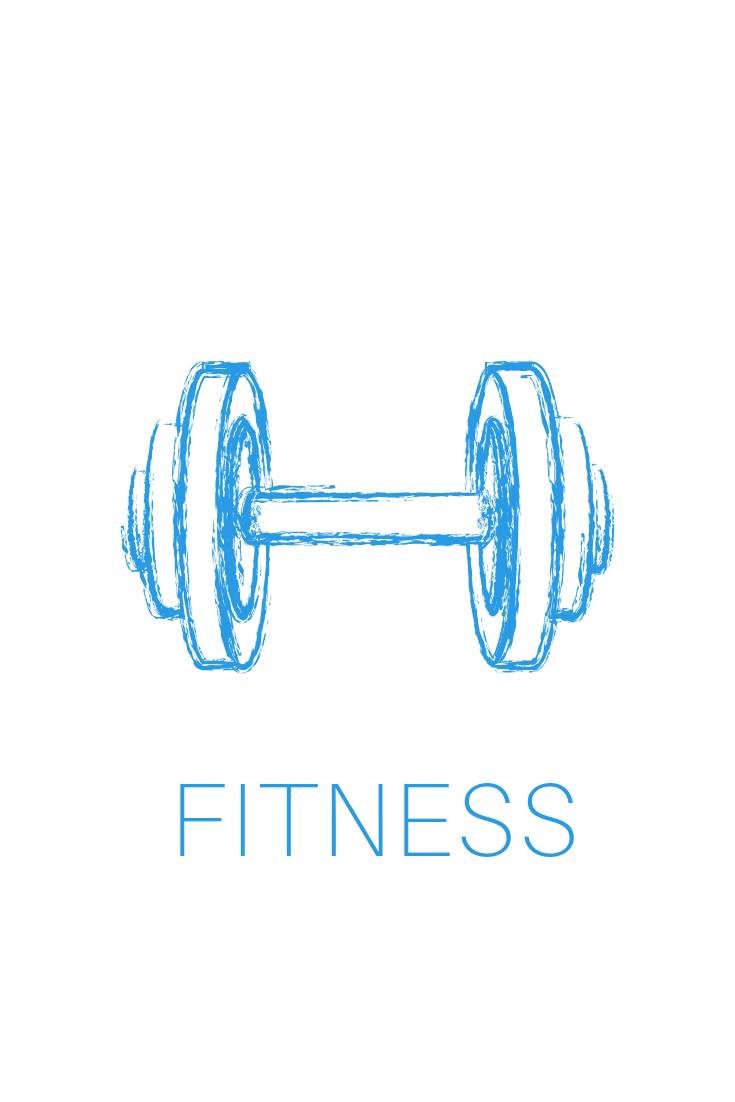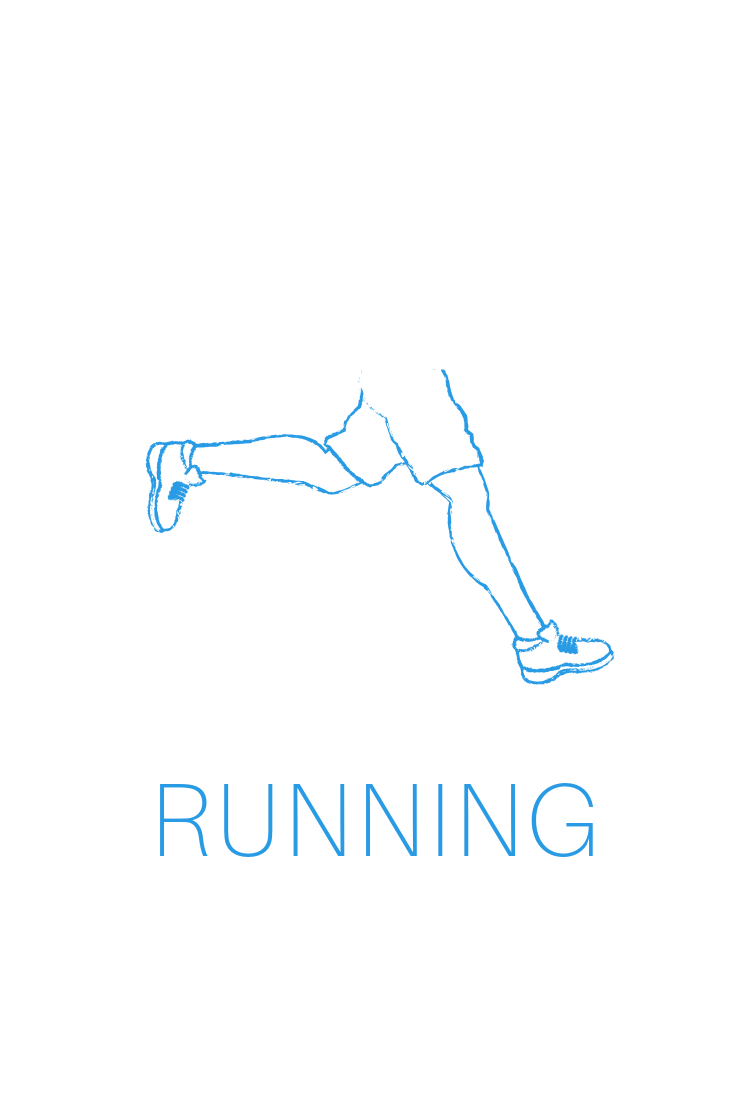Is Warming Up Necessary? The Surprising Answer
For years we have been taught that it’s essential to warm up before exercising. Does it really make a difference and what’s the best way to go about it?
Warming up and stretching before exercise is one of those things that we have been doing for years and no one questions. Such is the value placed on warm up that many fitness classes will not allow you to join in if you miss the warm up section of the class. However, there is some research that indicates that the value of warming up and its effect on injury prevention may be a little overstated.
“Does a cheetah warm-up before it catches a zebra? Then why would I?”
Before undertaking exercise, most people aim to spend 5 to 10 minutes warming up in order to prepare the body for movement. Injuries that occur during exercise, or soreness that may occur in the days following exercise, are often connected to lack of sufficient warm up or limited flexibility. And yet research indicates that injuries may be more to do with lack of form rather than insufficient warm up routines.
Static warm up (stretching):
Static stretches are those in which you stand, sit or lie still and hold a single position for period of time, up to about 45 seconds. Research indicates that there is little evidence that static stretching before exercise prevents injuries or reduces muscle soreness in the following days.
Neuroscience Research Australia (NeuRA) senior researcher, Professor Rob Herbert, has been involved in 16 studies of stretching and believes the science is pretty clear.
"How important is it to stretch before getting active? Not that important at all."
He believes that static stretching activities that have been the mainstay of warm up activities for years have no use in preventing injuries or improving performance. There may be an exception for injuries to tendons and ligaments, which were found to be reduced by static stretching routines in three of the seven studies reviewed, but the research is far from conclusive.
However, we do know that static stretching is an effective way to improve flexibility. So for those people who are involved in a sport like diving or gymnastics, where flexibility is important, these exercises can still be a useful part of your warm-up routine. Static stretching can also be incredibly effective in releasing tension and preventing strain that tight muscles can place on joints and bones. So although static stretching does not need to be performed before exercise, there is value in stretching out tight muscles.
DO NOT BOUNCE: for anyone who grew up in the 80s or earlier, you will remember bouncing, or ballistic stretching that we used to do in PE classes (when you place your muscles in a stretched position and bounce up and down). Bouncing is counterproductive as it can cause small tears to the muscle tissue, which are experienced as muscle soreness or tenderness.
Active Warm Up:
Active or dynamic warm-up is a method of slowly warming up the body and preparing it for more intense activity ahead. It usually involves controlled movements that take your joints through their full range of motion in a repetitive action such as leg swings or arm circles. The idea is to promote blood flow, activate your muscle fibres, and prepare your muscles, ligaments and soft tissue for the session ahead.
While there is not a lot of evidence to suggest your warm-up routine will prevent injuries there are strong arguments as to why we should take a few minutes to include active warm ups in our program.
By moving our body through range-of-motion activities at the start of our training session, we are taking a few minutes to “get our head in the game”, so to speak. Getting into the right frame of mind for exercise can lead to better technique and improved performance as your mind is on the job. The psychological value of warming up with some easier moves before you dive into the more difficult part of your training session is very powerful. If I asked you to sprint up the hill at the start of a training session when you are feeling cold and tired, you would immediately leave and go to the coffee shop. However, 20 minutes in to your session, when you are feeling warm and energised, you are much more likely to feel like doing a hill sprint.
What you’re doing matters:
How long you need to warm up and what you should do depends on the activity and your fitness level. The goal is to gradually build up intensity and prepare your body for what comes next. If you are going for a walk or leisurely jog, there isn’t really any need to warm up at all. Take it slow for the first few minutes and simply increase your pace and intensity when you feel ready.
If you are preparing for a high intensity sprint session, start with 5 to 10 minutes of active warm up like butt kicks and knee raises and some short "run-throughs" before you head into your sprints.
If you're doing resistance (weight) training, warm up with bodyweight exercises like lunges and squats, working your way up until you reach your desired weight for your first set.
While people will often blame injuries on lack of warm up, stretching or flexibility, more often than not injuries can be attributed to poor body mechanics and muscle function. Warm up in a manner that feels good and prepares you physically and mentally for the activity ahead.
“What seems impossible today will one day be your warm up.”
By Angie Black
ANGIE BLACK
BLOG CATERGORIES:







